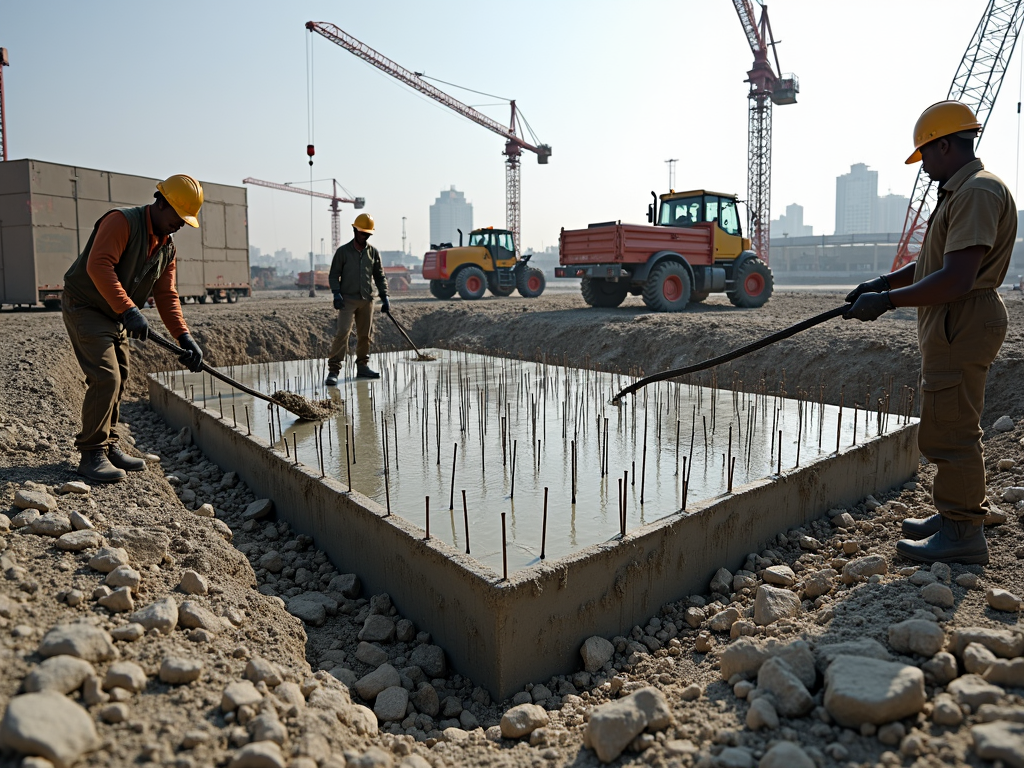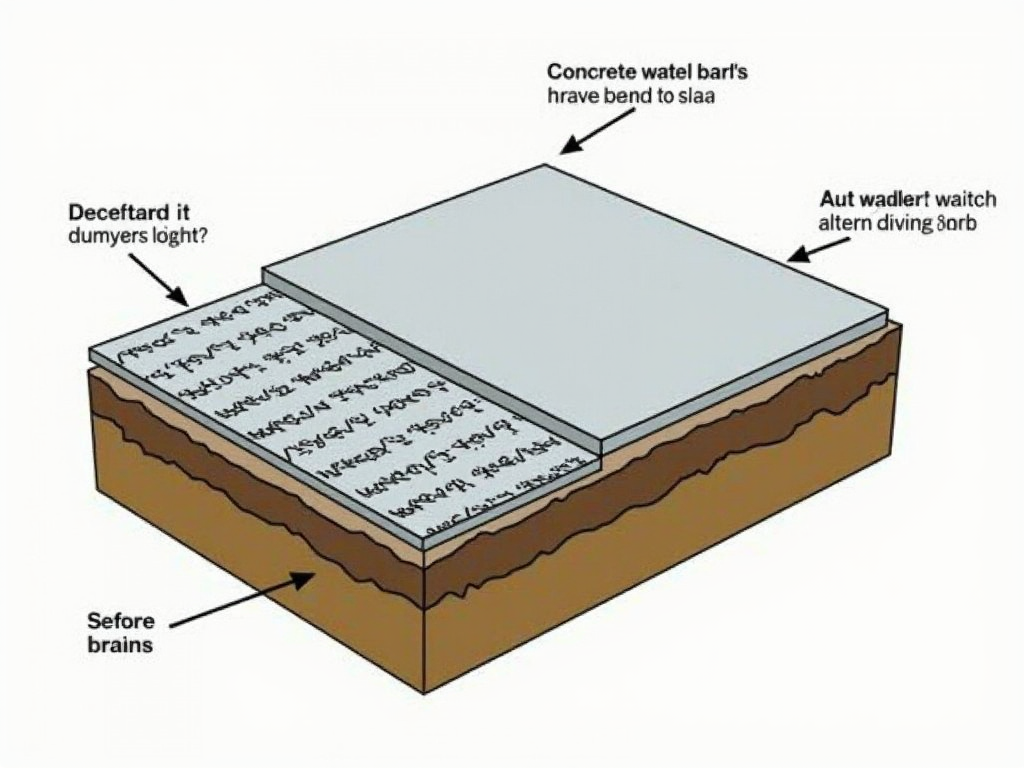Advanced Foundation Design Strategies: A Comprehensive Guide
Foundation design keeps buildings safe and steady. It’s the base that holds everything up. Advanced foundation design strategies take this further, solving tough problems like weak soil or heavy buildings. This article dives into these solutions, spotlighting mat foundations, and shares real-world tips to make it all clear.
What Makes Foundation Design Advanced?
Foundation design is all about creating a strong base for structures. But sometimes, the usual methods aren’t enough. That’s where advanced foundation design strategies come in. They tackle tricky situations like:
- Soft or shaky ground that can’t hold much weight.
- Huge buildings, like skyscrapers or bridges, that push down hard.
- Earthquake zones where the ground shakes.
- Places where we need to protect nature during construction.
These strategies use smart ideas and new tools to keep structures standing tall.
Meet Mat Foundations
Mat foundations, sometimes called raft foundations, are big concrete slabs that spread a building’s weight over a wide area. Think of them like a giant pancake under the structure. They’re great when:
- The soil is too soft to hold up smaller footings.
- The building is heavy, like a tall office tower.
- You need to keep water out, like for a basement.
They’re simple to build and spread the load evenly, but they can cost more upfront and need careful planning.

How to Design a Mat Foundation
Building a mat foundation takes some key steps:
- Check the Soil: Test the ground to see what it can handle.
- Figure Out the Weight: Calculate how much the building will push down.
- Plan the Slab: Decide how thick it needs to be and add steel to make it strong.
- Watch for Sinking: Make sure the ground won’t settle too much.
- Keep Water Away: Add drains or barriers to stop leaks.
Once, I worked on a project with soft, muddy soil. We picked a mat foundation to spread the load. After lots of testing, it held up a tall building perfectly.
Beyond Mat Foundations
Advanced foundation design strategies don’t stop at mat foundations. Here are other cool options:
- Deep Foundations: Reach down to solid ground with piles or shafts.
- Pile Foundations: Use long posts for heavy loads on weak soil.
- Earthquake-Ready Designs: Add shock absorbers to handle shaking.
- Soil Fixes: Strengthen the ground with special materials.
Here’s a quick look at how they stack up:
| Type | Pros | Cons | Best For |
|---|---|---|---|
| Mat Foundation | Spreads weight evenly | Costs more upfront | Soft soil, big buildings |
| Pile Foundation | Hits deep, strong layers | Harder to build | Weak topsoil, tall towers |
| Strip Foundation | Cheap for long walls | Not for heavy loads | Houses, fences |

A Real Example: Mat Foundation Success
Picture this: a 20-story office building by the coast. The soil was sandy, and water was close to the surface. A regular foundation wouldn’t work—the building might float or sink unevenly.
We went with a mat foundation. It was 1.5 meters thick, packed with steel, and had drains to handle water. After careful testing, we poured it and watched it work. Years later, the building’s still solid with no sinking.

Tips for Great Foundation Design
Want to nail advanced foundation design strategies? Try these:
- Team Up: Work with soil and building experts from day one.
- Test Everything: Dig into the ground and study it closely.
- Use Tech: Run computer models to see how it’ll hold up.
- Think Long-Term: Build it to last through weather and wear.
- Keep an Eye Out: Check it as you build to catch problems early.
I’ve seen projects soar when everyone talks and plans together. It makes the work smoother and the foundation stronger.

Wrapping It Up
Advanced foundation design strategies keep buildings standing strong, no matter the challenge. Mat foundations shine when soil’s weak or loads are heavy. With the right know-how and teamwork, these designs last for years. Dig into the details, and you’ll see how they make a difference.





